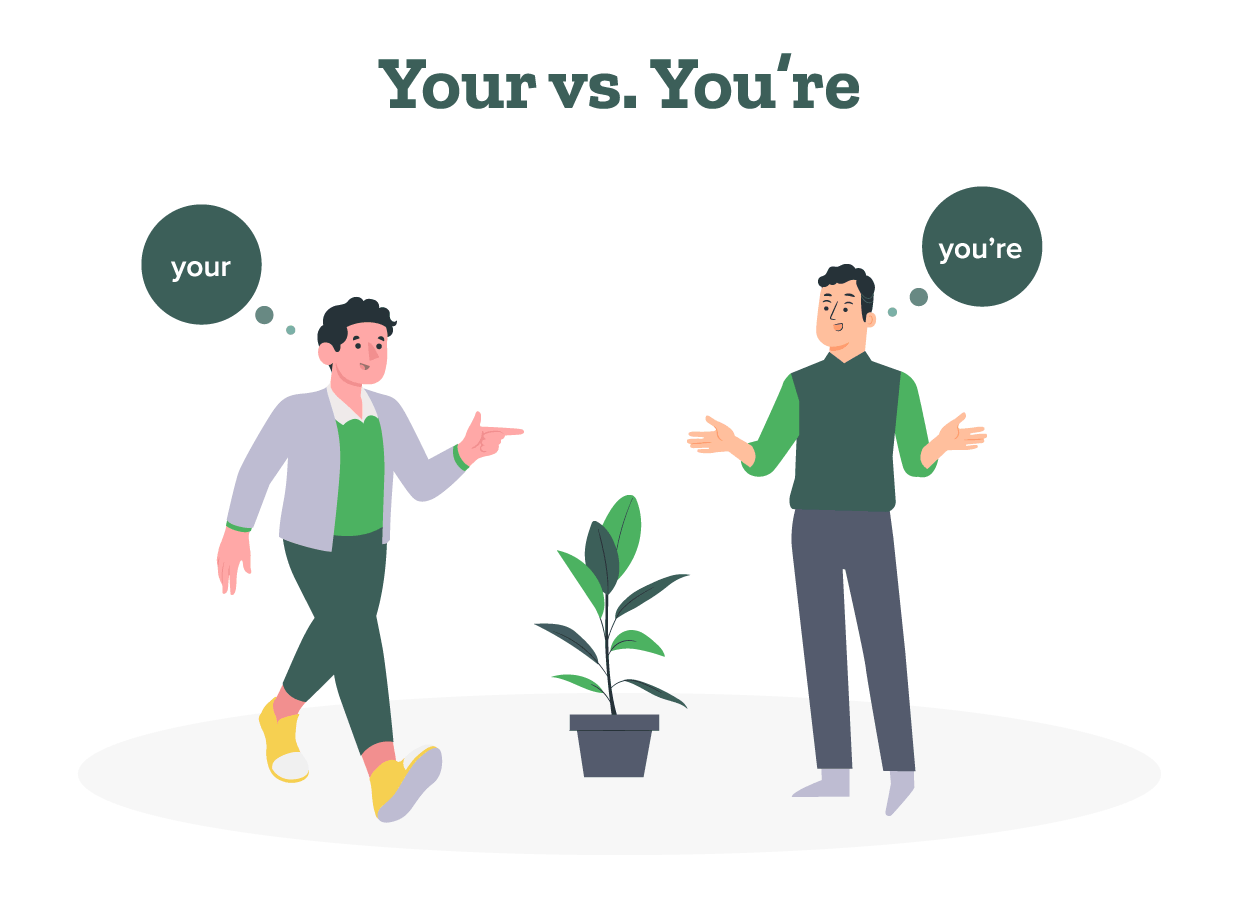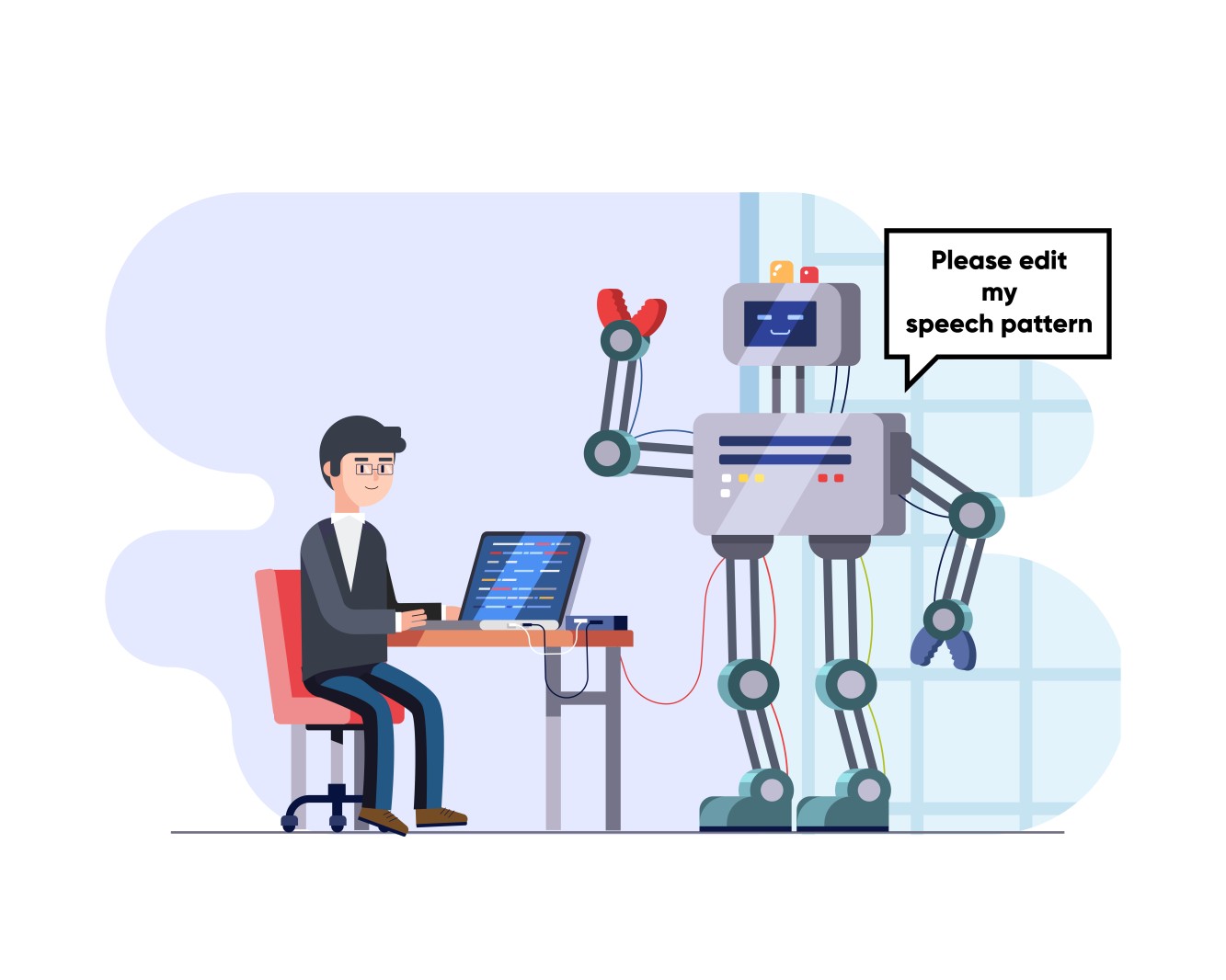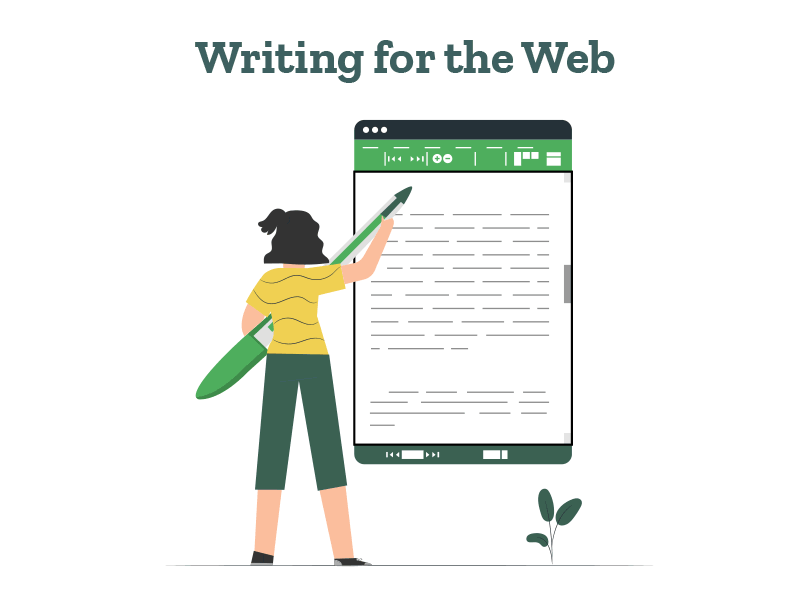- Tips to Self-Edit Your Dissertation
- Guide to Essay Editing: Methods, Tips, & Examples
- Journal Article Proofreading: Process, Cost, & Checklist
- The A–Z of Dissertation Editing: Standard Rates & Involved Steps
- Research Paper Editing | Guide to a Perfect Research Paper
- Dissertation Proofreading | Definition & Standard Rates
- Thesis Proofreading | Definition, Importance & Standard Pricing
- Research Paper Proofreading | Definition, Significance & Standard Rates
- Essay Proofreading | Options, Cost & Checklist
- Top 10 Paper Editing Services of 2024 (Costs & Features)
- Top 10 Essay Checkers in 2024 (Free & Paid)
- Top 10 AI Proofreaders to Perfect Your Writing in 2024
- Top 10 English Correctors to Perfect Your Text in 2024
- 10 Advanced AI Text Editors to Transform Writing in 2024
- Personal Statement Editing Services: Craft a Winning Essay
- Top 10 Academic Proofreading Services & How They Help
- College Essay Review: A Step-by-Step Guide (With Examples)
- Top 10 College Essay Review Services: Pricing and Benefits
- How to Edit a College Admission Essay (8-Step Guide)
- Improve Academic Writing: Types, Tips, Examples, Services
- How to Use AI to Write Research Papers: A Step-by-Step Guide
- How to Write an Assignment: A Step-by-Step Guide for Students
- AI Proofreading Services: Meaning, Benefits & Best Tools
- 10 Best Proofreading Services Online for All in 2025
- Research Paper Outline: Free Templates & Examples to Guide You
- How to Write a Research Paper: A Step-by-Step Guide
- How to Write a Lab Report: Examples from Academic Editors
- Research Methodology Guide: Writing Tips, Types, & Examples
- The 10 Best Essential Resources for Academic Research
- 100+ Useful ChatGPT Prompts for Thesis Writing in 2024
- Best ChatGPT Prompts for Academic Writing (100+ Prompts!)
- Sampling Methods Guide: Types, Strategies, and Examples
- Independent vs. Dependent Variables | Meaning & Examples
- Top 10 AI Tools for Research in 2024 (Fast & Efficient!)
- Understanding Verbatim Plagiarism: Copy, Paste, Regret
- What Is a Journal Article and How to Write a Journal Article
- How to Use AI to Write Research Papers: A Step-by-Step Guide
- Difference Between Paper Editing and Peer Review
- How to Handle Journal Rejection: Essential Tips
- Editing and Proofreading Academic Papers: A Short Guide
- How to Carry Out Secondary Research
- The Results Section of a Dissertation
- Final Checklist: Is My Article Ready for Submitting to Journals?
- Types of Research Articles to Boost Your Research Profile
- 8 Types of Peer Review Processes You Should Know
- How does LaTeX based proofreading work?
- How to Improve Your Scientific Writing: A Short Guide
- Chicago Title, Cover Page & Body | Paper Format Guidelines
- How to Write a Thesis Statement: Examples & Tips
- Chicago Style Citation: Quick Guide & Examples
- Research Paper Outline: Free Templates & Examples to Guide You
- The A-Z Of Publishing Your Article in A Journal
- What is Journal Article Editing? 3 Reasons You Need It
- 5 Effective Personal Statement Examples & Templates
- How to Cite a Book in APA Style | Format & Examples
- How to Start a Research Paper | Step-by-step Guide
- APA Citations Made Easy with Our Concise Guide for 2024
- A Step-by-Step Guide to APA Formatting Style (7th Edition)
- Academic Writing in 2024: 5 Key Dos & Don’ts + Examples
- How to Write a Lab Report: Examples from Academic Editors
- What Are the Standard Book Sizes for Publishing Your Book?
- MLA Works Cited Page: Quick Tips & Examples
- 2024’s Top 10 Thesis Statement Generators (Free Included!)
- Top 10 Title Page Generators for Students in 2024
- What Is an Open Access Journal? 10 Myths Busted!
- Primary vs. Secondary Sources: Definition, Types & Examples
- How To Write a College Admissions Essay That Stands Out
- How to Write a Dissertation & Thesis Conclusion (+ Examples)
- APA Journal Citation: 7 Types, In-Text Rules, & Examples
- What Is Predatory Publishing and How to Avoid It!
- Independent vs. Dependent Variables | Meaning & Examples
- How to Write a Strong Dissertation & Thesis Introduction
- How to Cite a Book in MLA Format (9th Edition)
- How to Cite a Website in MLA Format | 9th Edition Rules
- 10 Best AI Conclusion Generators (Features & Pricing)
- Top 10 Academic Editing Services of 2024 [with Pricing]
- 100+ Writing Prompts for College Students (10+ Categories!)
- How to Create the Perfect Thesis Title Page in 2024
- What Is Accidental Plagiarism & 9 Prevention Strategies
- What Is Self-Plagiarism? (+ 7 Prevention Strategies!)
- Understanding Verbatim Plagiarism: Copy, Paste, Regret
- Improve Academic Writing: Types, Tips, Examples, Services
- What Is a Journal Article and How to Write a Journal Article
- What Is Paraphrasing Plagiarism and How to Avoid It
- 50 Best Essay Prompts for College Students in 2024
- What Is Expository Writing? Types, Examples, & 10 Tips
- Academic Research Ethics & Rules Simplified for All
- Complete Guide to MLA 9th Format
- Top 10 Online Dissertation Editing Services of 2025
- What Is Plagiarism? Meaning, Types & Examples
- Preventing Plagiarism in Your Thesis: Tips & Best Practices
- Final Submission Checklist | Dissertation & Thesis
- 7 Useful MS Word Formatting Tips for Dissertation Writing
- How to Write a MEAL Paragraph: Writing Plan Explained in Detail
- How does LaTeX based proofreading work?
- Em Dash vs. En Dash vs. Hyphen: When to Use Which
- 2024’s Top 10 Self-Help Books for Better Living
- Top 10 Paper Editing Services of 2024 (Costs & Features)
- Top 10 AI Proofreaders to Perfect Your Writing in 2024
- 100+ Useful ChatGPT Prompts for Thesis Writing in 2024
- Best ChatGPT Prompts for Academic Writing (100+ Prompts!)
- MLA Works Cited Page: Quick Tips & Examples
- 2024’s Top 10 Thesis Statement Generators (Free Included!)
- Top 10 Title Page Generators for Students in 2024
- 10 Advanced AI Text Editors to Transform Writing in 2024
- Top 10 Academic Editing Services of 2024 [with Pricing]
- The 10 Best Free Character and Word Counters of 2024
- Know Everything About How to Make an Audiobook
- How to Create the Perfect Thesis Title Page in 2024
- Top 10 Academic Proofreading Services & How They Help
- Mastering Metaphors: Definition, Types, and Examples
- 10 Best Paid & Free Citation Generators (Features & Costs)
- What Is Plagiarism? Meaning, Types & Examples
- Citing References: APA, MLA, and Chicago
- How to Cite Sources in the MLA Format
- MLA Citation Examples: Cite Essays, Websites, Movies & More
- Chicago Title, Cover Page & Body | Paper Format Guidelines
- Chicago Style Citation: Quick Guide & Examples
- Citations and References: What Are They and Why They Matter
- APA Headings & Subheadings | Formatting Guidelines & Examples
- Formatting an APA Reference Page | Template & Examples
- Research Paper Format: APA, MLA, & Chicago Style
- How to Create an MLA Title Page | Format, Steps, & Examples
- How to Create an MLA Header | Format Guidelines & Examples
- MLA Annotated Bibliography | Guidelines and Examples
- APA Website Citation (7th Edition) Guide | Format & Examples
- APA Citations Made Easy with Our Concise Guide for 2024
- APA Citation Examples: The Bible, TED Talk, PPT & More
- APA Header Format: 5 Steps & Running Head Examples
- APA Title Page Format Simplified | Examples + Free Template
- A Step-by-Step Guide to APA Formatting Style (7th Edition)
- How to Write an Abstract in MLA Format: Tips & Examples
- APA Journal Citation: 7 Types, In-Text Rules, & Examples
- 10 Best Free Plagiarism Checkers | Accurate & Reliable Tools
- 5 Reasons to Cite Your Sources Properly | Avoid Plagiarism!
- How to Cite a Book in MLA Format (9th Edition)
- How to Cite a Website in MLA Format | 9th Edition Rules
- 10 Best Paid & Free Citation Generators (Features & Costs)
- Complete Guide to MLA 9th Format
- Writing a Dissertation Proposal
- The Acknowledgments Section of a Dissertation
- The Table of Contents Page of a Dissertation
- The Introduction Chapter of a Dissertation
- The Literature Review of a Dissertation
- Tips to Self-Edit Your Dissertation
- The Results Section of a Dissertation
- Preventing Plagiarism in Your Thesis: Tips & Best Practices
- Final Submission Checklist | Dissertation & Thesis
- The Only Dissertation Toolkit You’ll Ever Need!
- 7 Useful MS Word Formatting Tips for Dissertation Writing
- 5 Thesis Writing Tips for Master Procrastinators
- A Beginner’s Guide to How to Write a Dissertation in 2024
- The 5 Things to Look for in a Dissertation Editing Service
- Top 10 Dissertation Editing & Proofreading Services
- Why is it important to add references to your thesis?
- Thesis Editing | Definition, Scope & Standard Rates
- Expert Formatting Tips on MS Word for Dissertations
- A 7-Step Guide on How to Choose a Dissertation Topic
- 350 Best Dissertation Topic Ideas for All Streams in 2024
- A Guide on How to Write an Abstract for a Research Paper
- Dissertation Defense: What to Expect and How to Prepare
- Creating a Dissertation Title Page (Examples & Templates)
- Top 10 Online Dissertation Editing Services of 2025
- Essential Research Tips for Essay Writing
- How to Write a MEAL Paragraph: Writing Plan Explained in Detail
- How to Write a Thesis Statement: Examples & Tips
- What Is a Mind Map? Free Mind Map Templates & Examples
- How to Write an Essay Outline: Free Template & Examples
- How to Write an Essay Header: MLA and APA Essay Headers
- What Is an Essay? A Comprehensive Guide to Structure and Types
- How to Write an Essay: 8 Simple Steps with Examples
- Expository Essay: Structure, Tips, and Examples
- Guide to Essay Editing: Methods, Tips, & Examples
- Narrative Essays: Structure, Tips, and Examples
- How to Write an Argumentative Essay (Examples Included)
- How to Write a Descriptive Essay | Examples and Structure
- How to Write a Conclusion for an Essay (Examples Included!)
- How to Write an Impactful Personal Statement (Examples Included)
- Literary Analysis Essay: 5 Steps to a Perfect Assignment
- How to Write a Compare and Contrast Essay: Tips & Examples
- Top 10 Essay Checkers in 2024 (Free & Paid)
- 100 Best College Essay Topics & How to Pick the Perfect One!
- College Essay Format: Tips, Examples, and Free Template
- Structure of an Essay: 5 Tips to Write an Outstanding Essay
- 10 Best AI Essay Outline Generators of 2024
- The Best Essay Graders of 2024 That You Can Use for Free!
- Top 10 Free Essay Writing Tools for Students in 2024
- Personal Statement Editing Services: Craft a Winning Essay
- College Essay Review: A Step-by-Step Guide (With Examples)
- Top 10 Best AI Essay Writing Tools in 2024
- Top 10 Essay Editing Services of 2024
- Top 10 College Essay Review Services: Pricing and Benefits
- How to Write an Assignment: A Step-by-Step Guide for Students
- The Four Main Types of Essay | Quick Summary with Examples
- How to Write an Essay Introduction | 4 Examples & Steps
Still have questions? Leave a comment

Checklist: Dissertation Proposal
Enter your email id to get the downloadable right in your inbox!
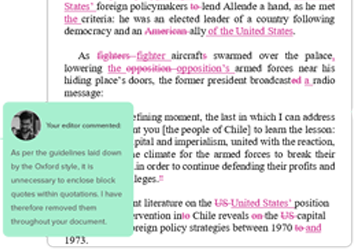
Examples: Edited Papers
Enter your email id to get the downloadable right in your inbox!
Need
Editing and
Proofreading Services?
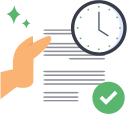
What Is an Essay? A Comprehensive Guide to Structure and Types
 Apr 25, 2023
Apr 25, 2023 7
min read
7
min read
- Tags: Academic Writing, Essay, Essay Writing
Writing an effective and impactful essay is crucial to your academic or professional success. Whether it’s getting into the college of your dreams or scoring high on a major assignment, writing a well-structured essay will help you achieve it all. But before you learn how to write an essay, you need to know its basic components.
In this article, we will understand what an essay is, how long it should be, and its different parts and types. We will also take a detailed look at relevant examples to better understand the essay structure.
What is an essay?
An essay is a concise piece of nonfiction writing that aims to either inform the reader about a topic or argue a particular perspective. It can either be formal or informal in nature. Most academic essays are highly formal, whereas informal essays are commonly found in journal entries, social media, or even blog posts.
As we can see from this essay definition, the beauty of essays lies in their versatility. From the exploration of complex scientific concepts to the history and evolution of everyday objects, they can cover a vast range of topics.
How long is an essay?
The length of an essay can vary from a few hundred to several thousand words but typically falls between 500–5,000 words. However, there are exceptions to this norm, such as Joan Didion and David Sedaris who have written entire books of essays.
If you need to increase the word count to meet a specific requirement, you might consider using AI tools such as the essay extender tool, Chat GPT or Gemini. These tools expand your essay while maintaining its quality. They help by adding more points or expanding existing ideas and refine your essay further.
Let’s take a look at the different types of essays and their lengths with the help of the following table:
How many paragraphs are in an essay?
Typically, an essay has five paragraphs: an introduction, a conclusion, and three body paragraphs. However, there is no set rule about the number of paragraphs in an essay.
The number of paragraphs can vary depending on the type and scope of your essay. An expository or argumentative essay may require more body paragraphs to include all the necessary information, whereas a narrative essay may need fewer.
Structure of an essay
To enhance the coherence and readability of your essay, it’s important to follow certain rules regarding the structure. Take a look:
1. Arrange your information from the most simple to the most complex bits. You can start the body paragraph off with a general statement and then move on to specifics.
2. Provide the necessary background information at the beginning of your essay to give the reader the context behind your thesis statement.
3. Select topic statements that provide value, more information, or evidence for your thesis statement.
There are also various essay structures, such as the compare and contrast structure, chronological structure, problem method solution structure, and signposting structure that you can follow to create an organized and impactful essay.
Parts of an essay
An impactful, well-structured essay comes down to three important parts: the introduction, body, and conclusion.
1. The introduction sets the stage for your essay and is typically a paragraph long. It should grab the reader’s attention and give them a clear idea of what your essay will be about.
2. The body is where you dive deeper into your topic and present your arguments and evidence. It usually consists of two paragraphs, but this can vary depending on the type of essay you’re writing.
3. The conclusion brings your essay to a close and is typically one paragraph long. It should summarize the main points of the essay and leave the reader with something to think about.
The length of your paragraphs can vary depending on the type of essay you’re writing. So, make sure you take the time to plan out your essay structure so each section flows smoothly into the next.
Introduction
When it comes to writing an essay, the introduction is a critical component that sets the tone for the entire piece. A well-crafted introduction not only grabs the reader’s attention but also provides them with a clear understanding of what the essay is all about. An essay editor can help you achieve this, but it’s best to know the brief yourself!
Let’s take a look at how to write an attractive and informative introductory paragraph.
1. Construct an attractive hook
To grab the reader’s attention, an opening statement or hook is crucial. This can be achieved by incorporating a surprising statistic, a shocking fact, or an interesting anecdote into the beginning of your piece.
For example, if you’re writing an essay about water conservation you can begin your essay with, “Clean drinking water, a fundamental human need, remains out of reach for more than one billion people worldwide. It deprives them of a basic human right and jeopardizes their health and wellbeing.”
2. Provide sufficient context or background information
An effective introduction should begin with a brief description or background of your topic. This will help provide context and set the stage for your discussion.
For example, if you’re writing an essay about climate change, you start by describing the current state of the planet and the impact that human activity is having on it.
3. Construct a well-rounded and comprehensive thesis statement
A good introduction should also include the main message or thesis statement of your essay. This is the central argument that you’ll be making throughout the piece. It should be clear, concise, and ideally placed toward the end of the introduction.
By including these elements in your introduction, you’ll be setting yourself up for success in the rest of your essay.
Let’s take a look at an example.
Essay introduction example
- Hook
- Background information
- Thesis statement
The Wright Brothers’ invention of the airplane in 1903 revolutionized the way humans travel and explore the world. Prior to this invention, transportation relied on trains, boats, and cars, which limited the distance and speed of travel. However, the airplane made air travel a reality, allowing people to reach far-off destinations in mere hours. This breakthrough paved the way for modern-day air travel, transforming the world into a smaller, more connected place. In this essay, we will explore the impact of the Wright Brothers’ invention on modern-day travel, including the growth of the aviation industry, increased accessibility of air travel to the general public, and the economic and cultural benefits of air travel.
Body paragraphs
You can persuade your readers and make your thesis statement compelling by providing evidence, examples, and logical reasoning. To write a fool-proof and authoritative essay, you need to provide multiple well-structured, substantial arguments.
Let’s take a look at how this can be done:
1. Write a topic sentence for each paragraph
The beginning of each of your body paragraphs should contain the main arguments that you’d like to address. They should provide ground for your thesis statement and make it well-rounded. You can arrange these arguments in several formats depending on the type of essay you’re writing.
2. Provide the supporting information
The next point of your body paragraph should provide supporting information to back up your main argument. Depending on the type of essay, you can elaborate on your main argument with the help of relevant statistics, key information, examples, or even personal anecdotes.
3. Analyze the supporting information
After providing relevant details and supporting information, it is important to analyze it and link it back to your main argument.
4. Create a smooth transition to the next paragraph
End one body paragraph with a smooth transition to the next. There are many ways in which this can be done, but the most common way is to give a gist of your main argument along with the supporting information with transitory words such as “however” “in addition to” “therefore”.
Here’s an example of a body paragraph.
Essay body paragraph example
- Topic sentence
- Supporting information
- Analysis of the information
- Smooth transition to the next paragraph
The Wright Brothers’ invention of the airplane revolutionized air travel. They achieved the first-ever successful powered flight with the Wright Flyer in 1903, after years of conducting experiments and studying flight principles. Despite their first flight lasting only 12 seconds, it was a significant milestone that paved the way for modern aviation. The Wright Brothers’ success can be attributed to their systematic approach to problem-solving, which included numerous experiments with gliders, the development of a wind tunnel to test their designs, and meticulous analysis and recording of their results. Their dedication and ingenuity forever changed the way we travel, making modern aviation possible.
Conclusion
A powerful concluding statement separates a good essay from a brilliant one. To create a powerful conclusion, you need to start with a strong foundation.
Let’s take a look at how to construct an impactful concluding statement.
1. Restructure your thesis statement
To conclude your essay effectively, don’t just restate your thesis statement. Instead, use what you’ve learned throughout your essay and modify your thesis statement accordingly. This will help you create a conclusion that ties together all of the arguments you’ve presented.
2. Summarize the main points of your essay
The next point of your conclusion consists of a summary of the main arguments of your essay. It is crucial to effectively summarize the gist of your essay into one, well-structured paragraph.
3. Create a lasting impression with your concluding statement
Conclude your essay by including a key takeaway, or a powerful statement that creates a lasting impression on the reader. This can include the broader implications or consequences of your essay topic.
Here’s an example of a concluding paragraph.
Essay conclusion example
- Restated thesis statement
- Summary of the main points
- Broader implications of the thesis statement
The Wright Brothers’ invention of the airplane forever changed history by paving the way for modern aviation and countless aerospace advancements. Their persistence, innovation, and dedication to problem-solving led to the first successful powered flight in 1903, sparking a revolution in transportation that transformed the world. Today, air travel remains an integral part of our globalized society, highlighting the undeniable impact of the Wright Brothers’ contribution to human civilization.
Types of essays
Most essays are derived from the combination or variation of these four main types of essays. let’s take a closer look at these types.
1. Narrative essay
A narrative essay is a type of writing that involves telling a story, often based on personal experiences. It is a form of creative nonfiction that allows you to use storytelling techniques to convey a message or a theme.
2. Descriptive essay
A descriptive essay aims to provide an immersive experience for the reader by using sensory descriptors. Unlike a narrative essay, which tells a story, a descriptive essay has a narrower scope and focuses on one particular aspect of a story.
3. Argumentative essays
An argumentative essay is a type of essay that aims to persuade the reader to adopt a particular stance based on factual evidence and is one of the most common forms of college essays.
4. Expository essays
An expository essay is a common format used in school and college exams to assess your understanding of a specific topic. The purpose of an expository essay is to present and explore a topic thoroughly without taking any particular stance or expressing personal opinions.
While this article demonstrates what is an essay and describes its types, you may also have other doubts. As experts who provide essay editing and proofreading services, we’re here to help.
Our team has created a list of resources to clarify any doubts about writing essays. Keep reading to write engaging and well-organized essays!



